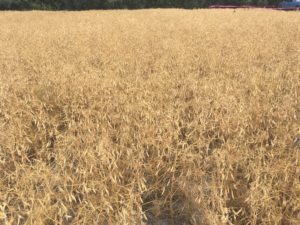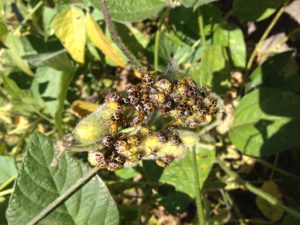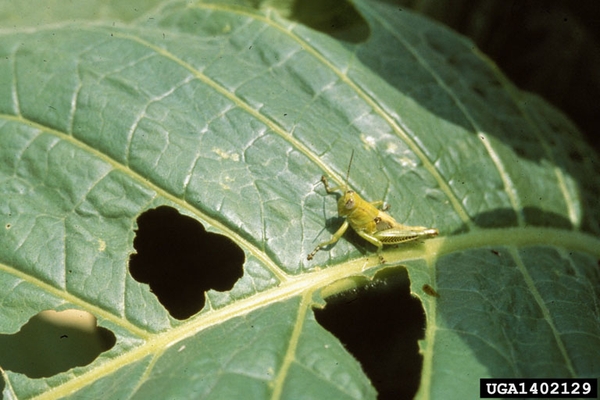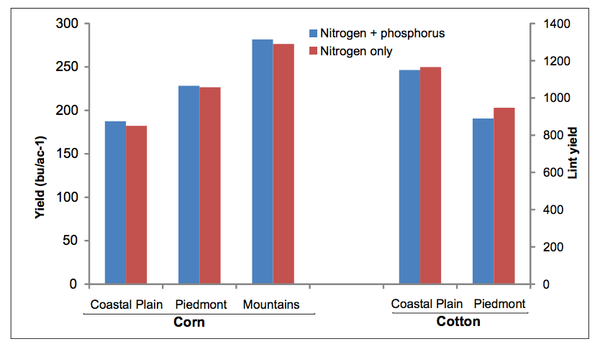
Grain Pea Production in North Carolina
Grain peas are a legume, like soybeans, that can be produced in North Carolina over the winter months with …



El inglés es el idioma de control de esta página. En la medida en que haya algún conflicto entre la traducción al inglés y la traducción, el inglés prevalece.
Al hacer clic en el enlace de traducción se activa un servicio de traducción gratuito para convertir la página al español. Al igual que con cualquier traducción por Internet, la conversión no es sensible al contexto y puede que no traduzca el texto en su significado original. NC State Extension no garantiza la exactitud del texto traducido. Por favor, tenga en cuenta que algunas aplicaciones y/o servicios pueden no funcionar como se espera cuando se traducen.
Inglês é o idioma de controle desta página. Na medida que haja algum conflito entre o texto original em Inglês e a tradução, o Inglês prevalece.
Ao clicar no link de tradução, um serviço gratuito de tradução será ativado para converter a página para o Português. Como em qualquer tradução pela internet, a conversão não é sensivel ao contexto e pode não ocorrer a tradução para o significado orginal. O serviço de Extensão da Carolina do Norte (NC State Extension) não garante a exatidão do texto traduzido. Por favor, observe que algumas funções ou serviços podem não funcionar como esperado após a tradução.
English is the controlling language of this page. To the extent there is any conflict between the English text and the translation, English controls.
Clicking on the translation link activates a free translation service to convert the page to Spanish. As with any Internet translation, the conversion is not context-sensitive and may not translate the text to its original meaning. NC State Extension does not guarantee the accuracy of the translated text. Please note that some applications and/or services may not function as expected when translated.
Collapse ▲
Grain peas are a legume, like soybeans, that can be produced in North Carolina over the winter months with …
Question: I have had several growers pose the question of whether or not to dig peanuts ahead of the forecasted …

Have questions about late-season insect and disease management? Nematode sampling? Want to learn about the new historical basis tool …
The 2020 North Carolina Virtual Peanut Field Day can be reached by clicking on “2020 NC Peanut Virtual Field …

Thinking about applying poultry litter in the fall prior to a small grain? Dr. Steph Kulesza, Extension Specialist in Nutrient …
A screencast describing the new peanut maturity chart can be found at the link below. This is a part …
Images of pod maturity on September 9 at Lewiston-Woodville can be found at this link: Pod Maturity on September 10 …

Although stink bugs were light across the state (with a few exceptions) in corn and cotton, it looks like …
Screencasts for topics presented in the Southern Row Crop course at NC State University related to peanuts can be …
The following images represent pod maturity based on pod mesocarp color on September 8 for peanuts planted May 10 …

It may seem like there’s no good way to know how much seed your grain drill is putting out, …
Question: I had a grower ask me about late sicklepod escapes and the effects it would have on the crop…this …
The updated crop report can be found at the link below. Rainfall and heat unit accumulation are also provided …
The following images show leaf spot diseases in the peanut canopy at Whiteville on September 1. Leaf spot disease in …
The following pod maturity images were recorded near Edenton on September 5. Peanut Maturity Near Edenton on September …
The attached images are from Whiteville on September 1. Pod Maturity near Whiteville on September …
The following link shows examples of how a wide range in planting narrows in the fall realtive to pod …

This season I received several complaints of Texas panicum infestations in corn. To get ahead of this emerging pest, …
The program for the 2020 virtual peanut field day can be found at the link below. We will provide …

Have questions about late-season insect and disease management? Want to learn about the new historical basis tool developed by …

Several species of grasshoppers can cause foliar feeding damage in tobacco. They are typically most …

This Extension publication provides an overview of the tobacco budworm (Chloridea virescens), a common pest …

This factsheet for farmers describes concepts, terminology, and guidelines concerning soil sampling. Proper testing allows …

Nitrogen fertilizer products are being developed and marketed as having the potential to increase yields and …

Phosphorus (P) is the second most important nutrient in crop production but is often found …

This factsheet describes the symptoms of a shoot inhibitor herbicide injury.

This factsheet describes the symptoms of a metribuzin herbicide injury.

This factsheet describes the symptoms of a dichlobenil herbicide injury.